A few weeks ago we got to know little Jimny, the Suzuki that everyone seems to be talking about. Well then, the Japanese brand seems to have not wanted to leave its “older brother” behind and has just presented the restyling of the Suzuki Vitara , a model that has been on the market since 2015.
Unlike the Jimny, the Vitara adopts a more modern design, having for some time given up the stringer chassis in favor of a more conventional monobloc. However, the Japanese brand insists that this one continues to be able to honor the off-road scrolls conquered by previous generations.
To show it Suzuki decided to take us to the outskirts of Madrid. And what I can tell you is that if aesthetically little seems to have changed, already under the bonnet the same cannot be said.
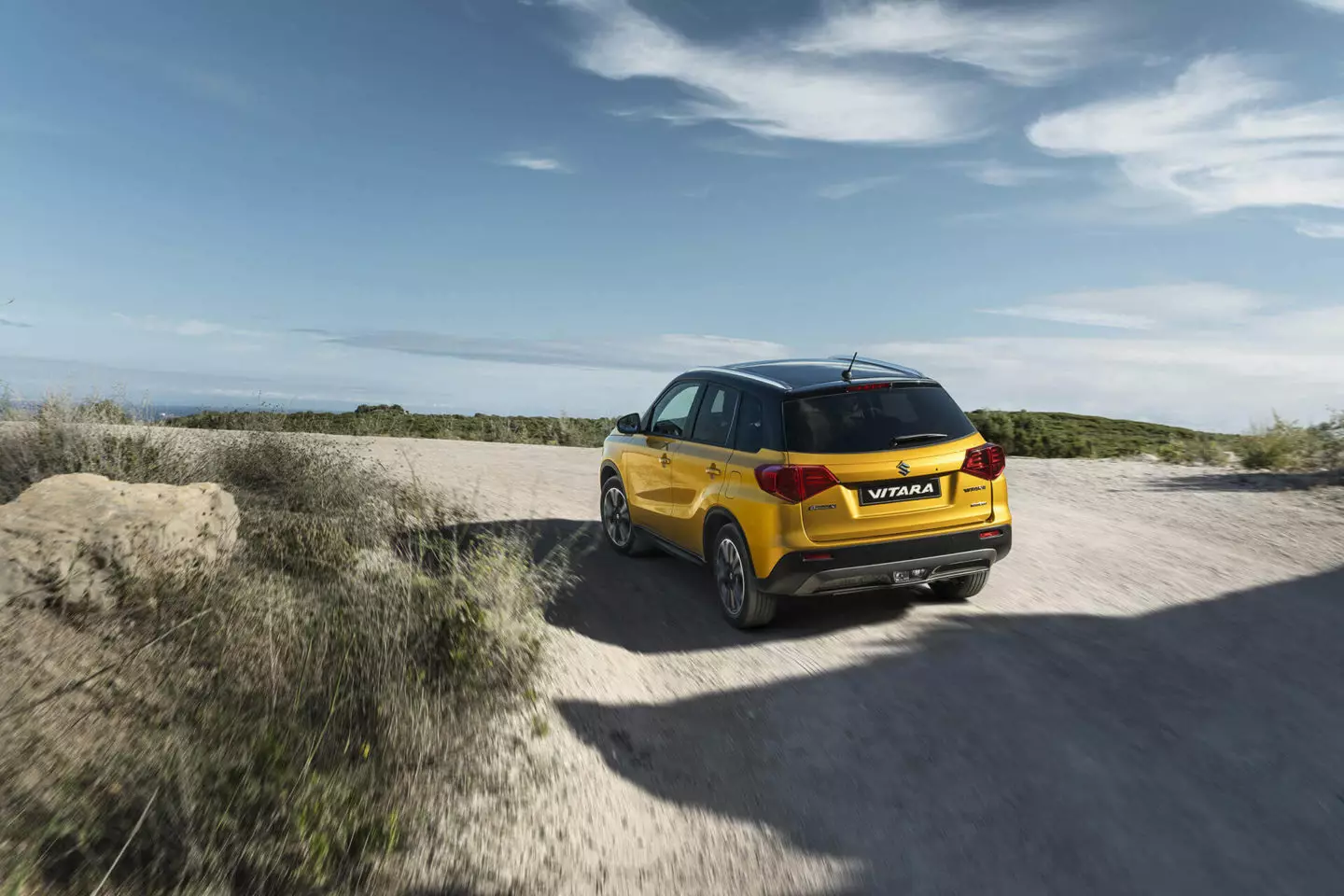
What has changed on the outside...
Well, on the outside little has changed in Suzuki's SUV. Seen from the front, the new chrome grille with vertical bars stands out (instead of the previous horizontal ones) and a set of chrome embellishments next to the fog lights.
Going around the car, the differences are still few, with the side remaining the same (the only novelty are the new 17″ alloy wheels). Only when we see the Vitara from the rear do we come across the biggest differences, where we can see new taillights and the redesigned lower part of the bumper.
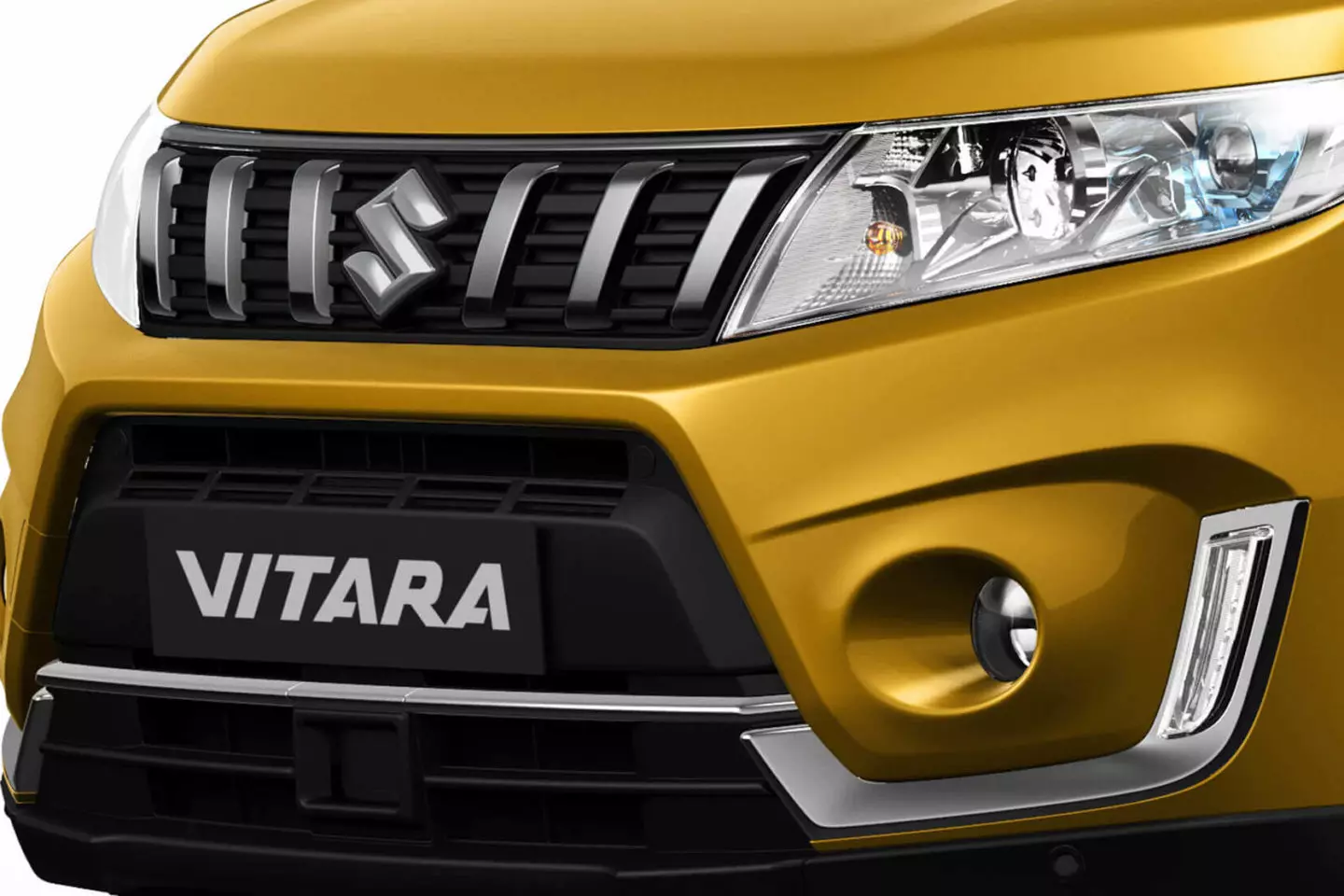
At the front, the main difference is the new grille.
And inside?
Inside, conservatism remained. The main innovation in the Vitara's cabin is the new instrument panel with a 4.2″ color LCD screen where you can see the selected traction mode (in 4WD versions), traffic signs read by the signal detection system or information from the trip computer.
Using two “chopsticks” placed on the dashboard to navigate menus is too 90s, Suzuki.
Inside the renovated Vitara, two things stand out: an intuitive design where everything seems to be in the right place and hard materials. However, despite the hard plastics the construction is robust.
In terms of design, everything remains the same, with a funny detail: an analogue clock between the two central ventilation outlets (you see Suzuki, in this case the 90’s spirit works). Otherwise the infotainment system proved to be intuitive to use, but it needs a graphical revision and it is easy to find a comfortable driving position on the controls of the Vitara.
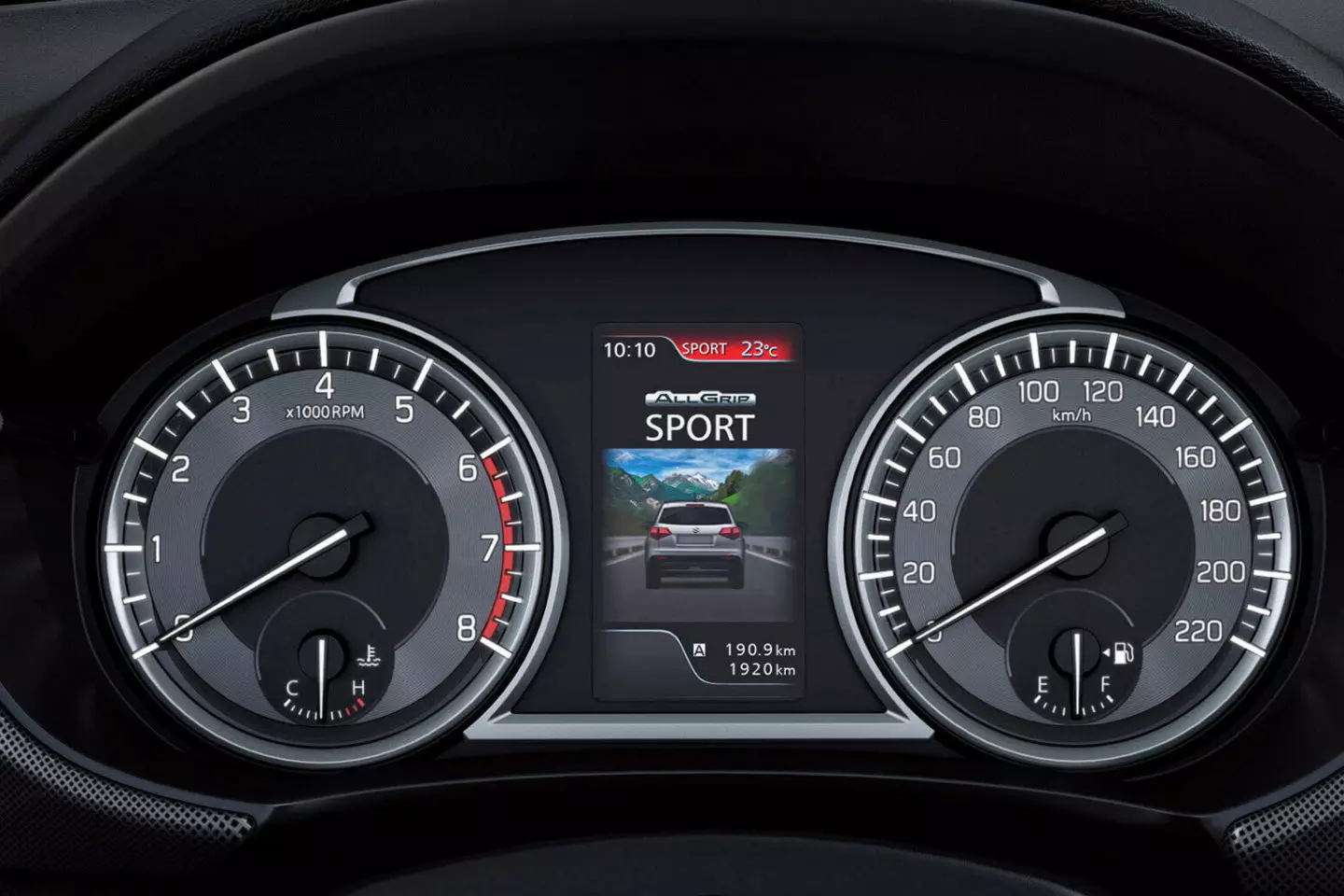
The main innovation in the Vitara's interior is the new instrument panel with a 4.2" LCD color display. Too bad that navigation between menus has to be done using two "sticks" instead of a button on the steering wheel or of a rod in the steering column.
goodbye diesel
The Vitara is powered by two turbo gasoline engines (the Diesel is out of the way, as Suzuki had already announced). The smallest is the 111 hp 1.0 Boosterjet, a new addition to the Vitara range (it was already used in the Swift and S-Cross). It is available with a six-speed automatic or a five-speed manual and in two- or four-wheel drive versions.
The most powerful version is in charge of the 1.4 Boosterjet with 140 hp that comes with manual or automatic six-speed gearbox and front or all-wheel drive. Common to the automatic transmission versions (both 1.0 l and 1.4 l) is the possibility to select the gear using paddles placed behind the steering wheel.
The ALLGRIP all-wheel drive system used by the Vitara allows you to choose four modes: Auto, Sport, Snow and Lock (this one can only be activated after choosing Snow mode). I advise you to always use the Sport as it gives the Vitara a better throttle response and makes it a lot more fun than the dull Auto mode.
Suzuki announces consumption of around 6.0 l/100 km for the 1.0 Boosterjet in the all-wheel drive and manual transmission versions and 6.3 l/100 km for the 1.4 Boosterjet with the 4WD system and manual transmission but in none of the In the cars tested, consumption was close to these values, with the 1.0 l being at 7.2 l/100 km and the 1.4 l at 7.6 l/100 km.
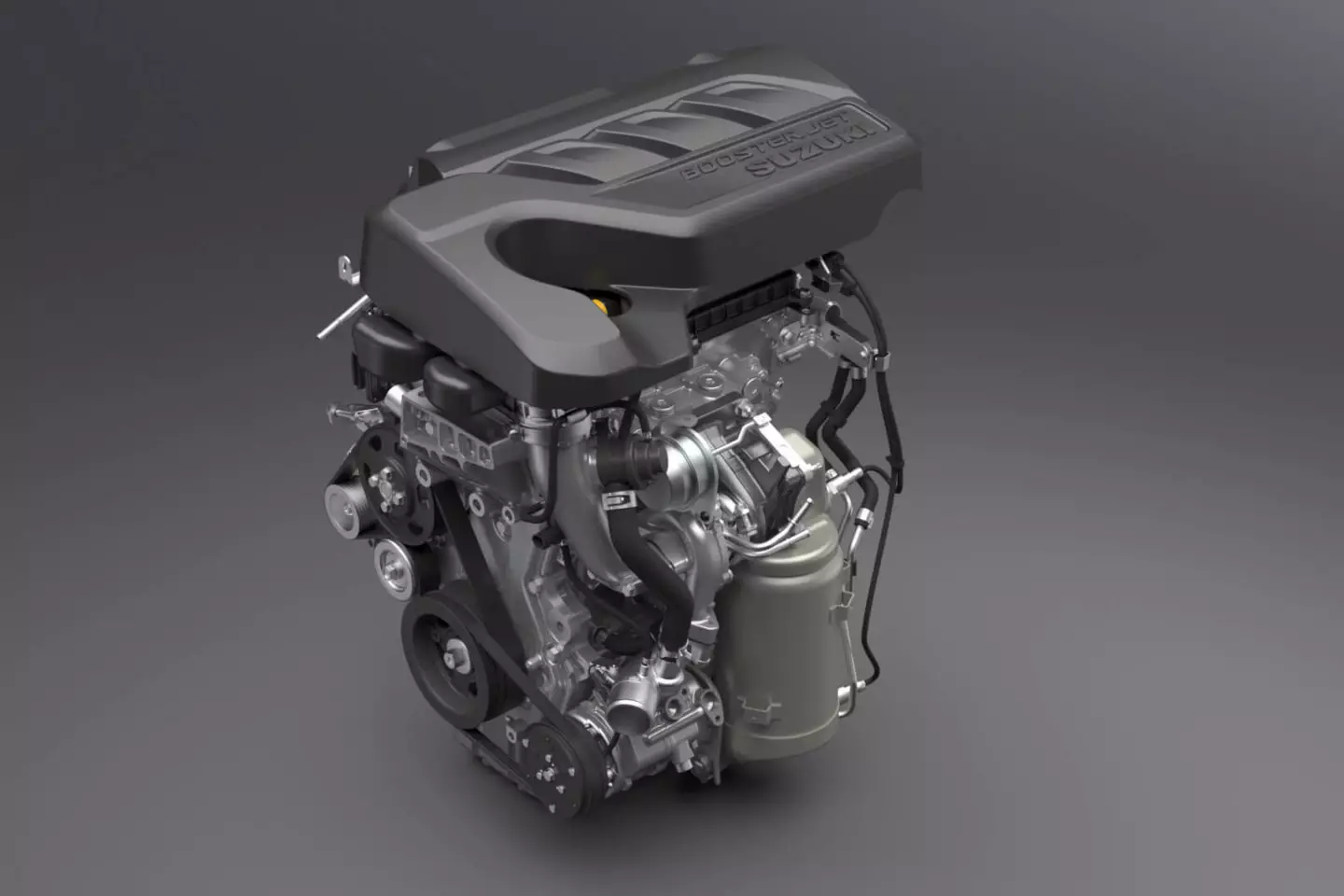
The new 1.0 Boosterjet engine produces 111 hp and can be coupled to a manual or automatic gearbox.
on the road
The departure was made from Madrid towards a mountain road where it was possible to notice that the Vitara doesn't mind winding around curves. In dynamic terms, he maintains his composure on this type of road, adorning very little in curves or showing fatigue when braking, being the only one but a direction that could be more communicative.
In this section of saw the Vitara used was 1.0 Boosterjet with five-speed manual gearbox. And what a wonderful surprise this engine was! Despite the low engine capacity, it never appeared to have “shortness of breath”. It climbs with joy (especially with the Sport mode selected), has power from low revs and has no difficulty taking the speedometer to higher speeds.
The 1.4 Boosterjet with manual six-speed gearbox was tested on the highway and what I can tell you is that despite having more than 30 hp the difference for the small 1.0 l is not as big as I expected. You feel you have more torque (obviously) and on highways you can keep cruising speed more easily, but in normal use the differences aren't that many.
Common to both is the smooth operation, with the Vitara proving to be quite comfortable, having dealt well with the few holes it came across.
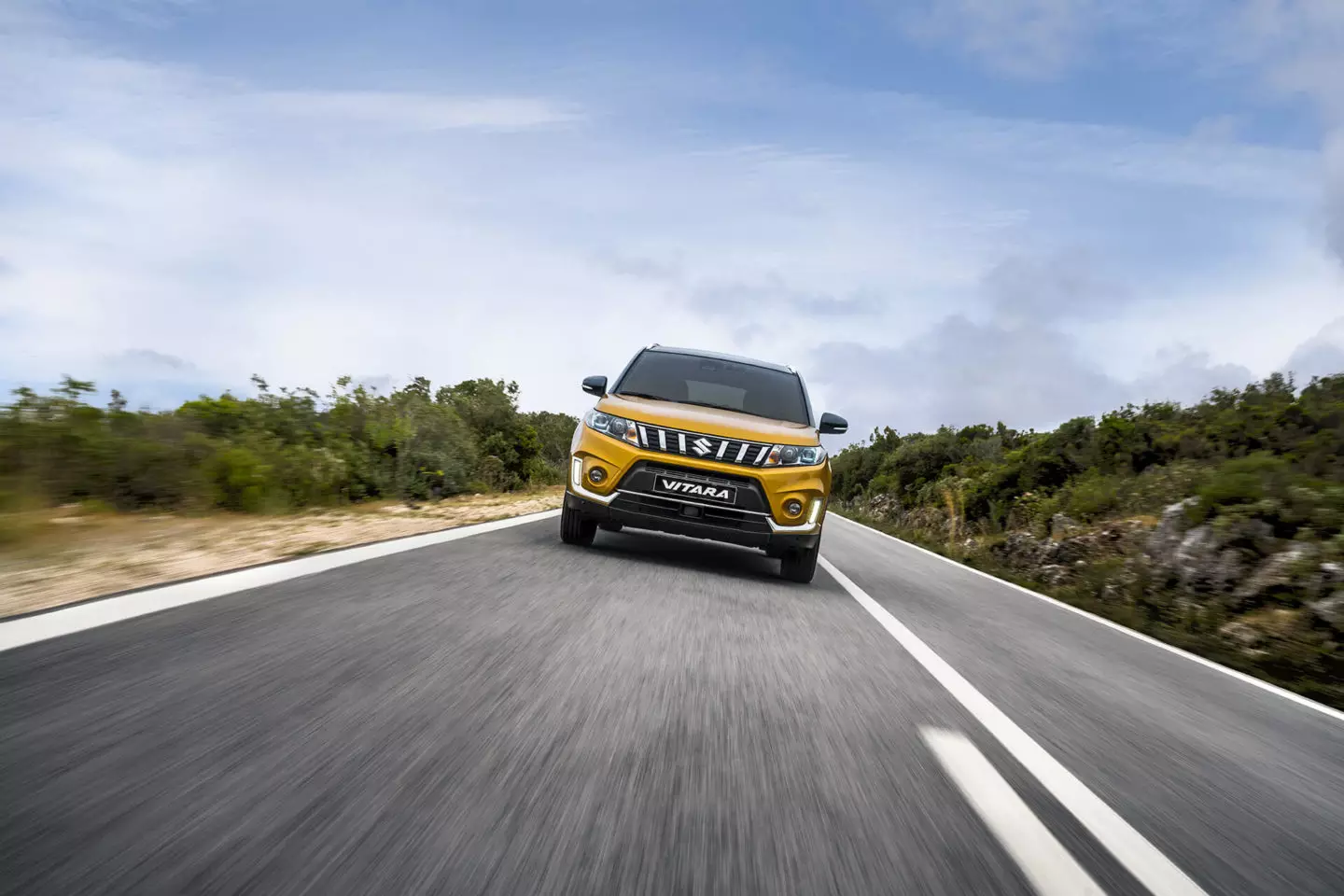
and out of it
In this presentation Suzuki only had 4WD versions available. All because the brand wanted to show how Vitara did not lose its TT genes despite having “domesticated”. So, arriving at a farm on the outskirts of Madrid, it was time to put the Vitara to the test on paths where most owners wouldn't even dream of putting it.
On off-road, the small SUV always managed well in the obstacles it came across. In both Auto and Lock mode, the ALLGRIP system ensures that the Vitara has traction when needed and the Hill Descent Control systems help you gain confidence to descend slopes that seem more suitable for the Jimny.
It may not be a Jimny (nor does it intend to be), but Vitara can offer the most radical family man a real chance of evasion, all you need to pay attention to is the height to the ground (18.5 cm) and the angles of attack and output, which despite not being bad (18th and 28th respectively), are also not benchmarks.
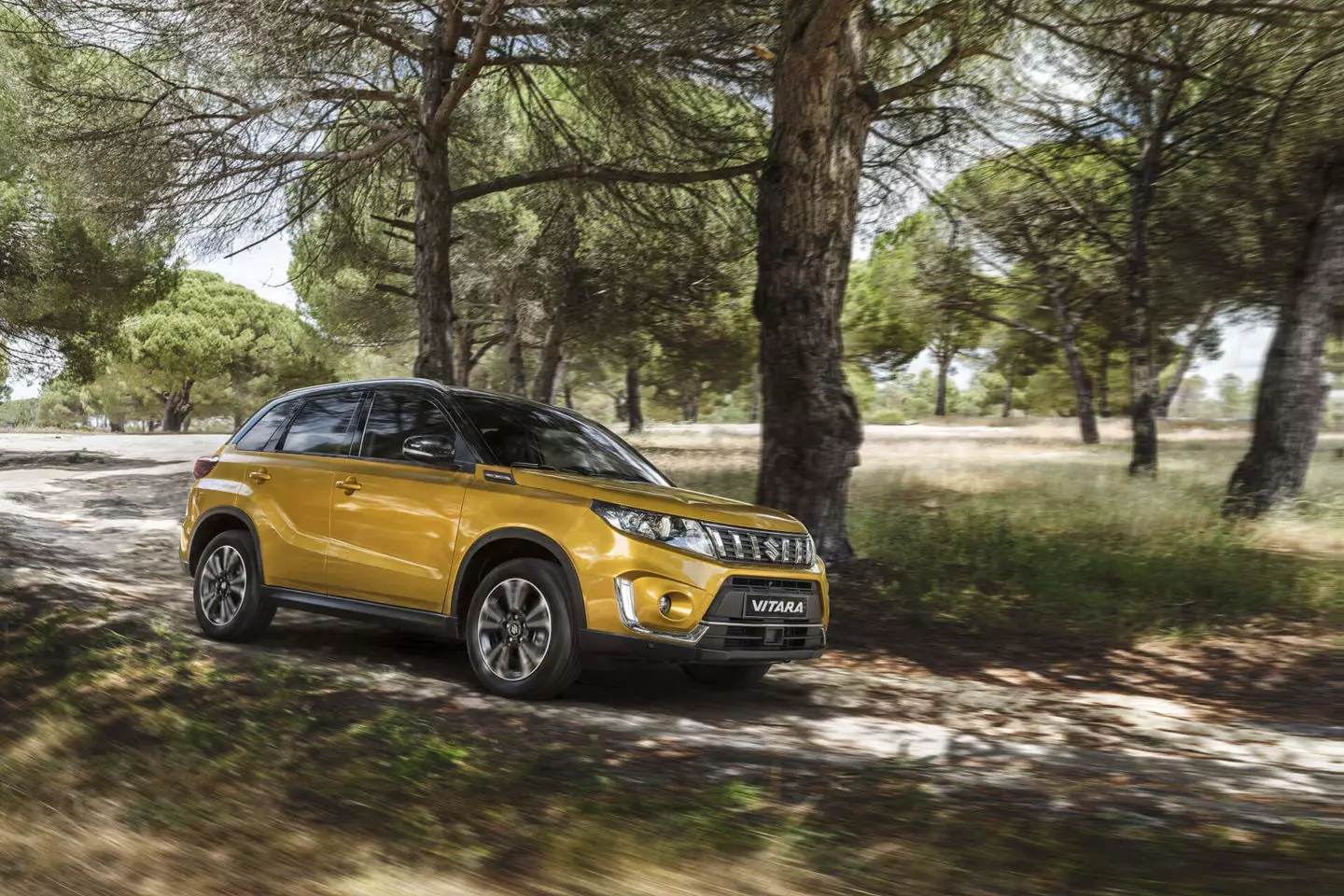
Main news are technological
Suzuki took advantage of the update to reinforce the technological content, especially regarding safety equipment. In addition to the autonomous emergency braking system and adaptive cruise control, the Vitara now offers the DSBS system (Dual Sensor BrakeSupport), lane change alert and assistant, and anti-fatigue alert.
New at Suzuki, we find the traffic sign recognition system, blind spot detection and after-traffic alert (which works at speeds below 8 km/h in reverse gear, warning the driver of vehicles approaching from the sides) .
These safety equipments come as standard in the GLE 4WD and GLX versions, and all Vitara have the Start & Stop system. Except for the GL version, the center console always has a 7″ multifunction touchscreen. The GLX version also features the navigation system.
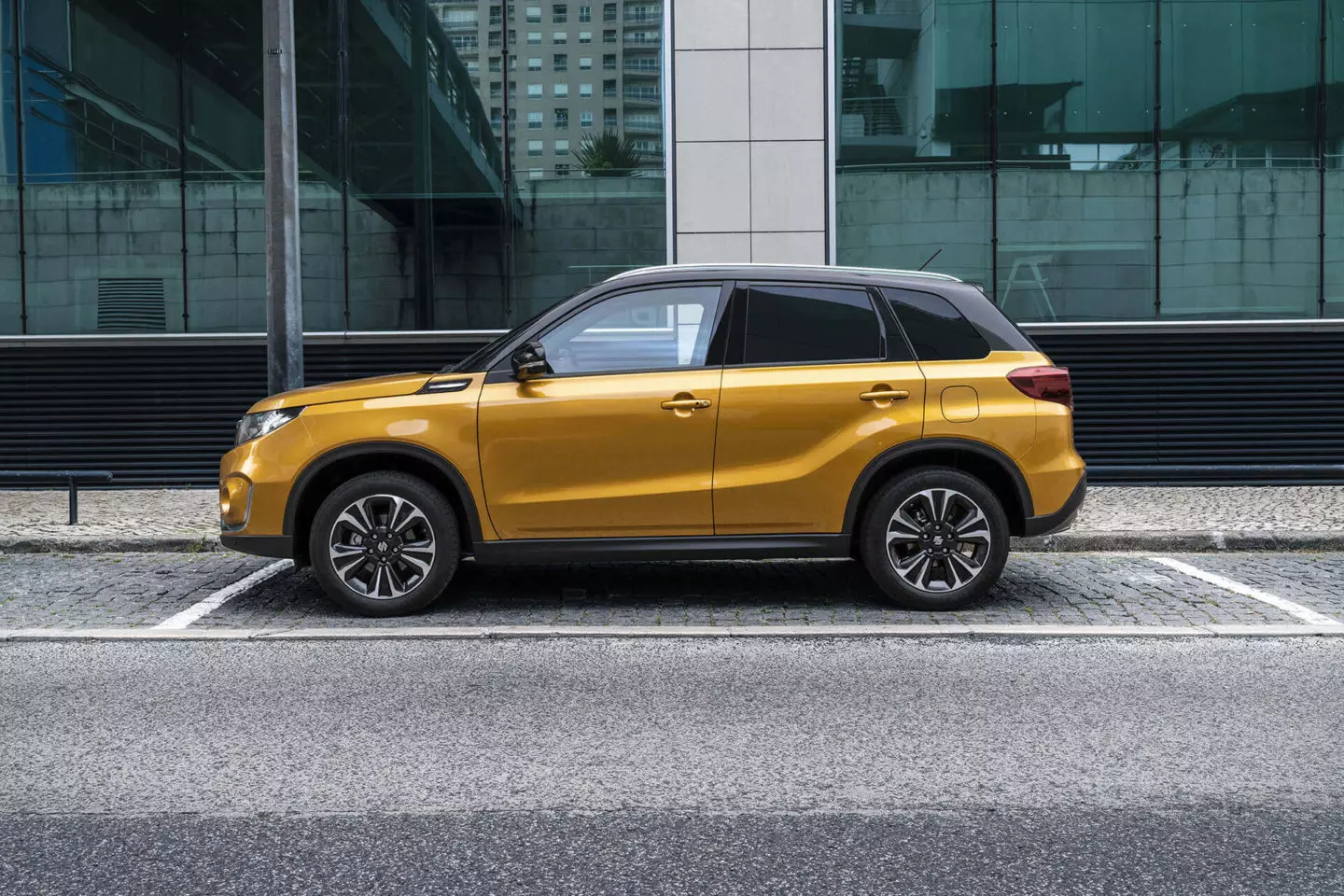
In Portugal
The Vitara range in Portugal will start with the 1.0 Boosterjet in the GL equipment level and front-wheel drive, and the top of the range will be occupied by the Vitara in the GLX 4WD version with the 1.4 l engine and six-speed automatic transmission.Common to all Vitara is the five-year warranty and the launch campaign that will last until the end of the year and which takes 1300 euros off the final price (if you choose Suzuki financing, the price drops even further by 1400 euros). In both two- and four-wheel drive versions, the Vitara only pays Class 1 at our tolls.
| Version | Price (with campaign) |
|---|---|
| 1.0 GL | €17,710 |
| 1.0 GLE 2WD (Manual) | €19,559 |
| 1.0 GLE 2WD (Automatic) | €21 503 |
| 1.0 GLE 4WD (manual) | €22 090 |
| 1.0 GLE 4WD (Automatic) | €23 908 |
| 1.4 GLE 2WD (Manual) | €22 713 |
| 1.4 GLX 2WD (Manual) | €24,914 |
| 1.4 GLX 4WD (Manual) | €27 142 |
| 1.4 GLX 4WD (Automatic) | €29,430 |
Conclusion
It may not be the most flashy SUV in its segment nor is it the most technological, but I must admit that the Vitara positively surprised me. Diesel's disappearance from the range is well bridged by the arrival of the new 1.0 Boosterjet which leaves little to owe to the larger 1.4 l. Competent and comfortable on the road and out of the way, the Vitara is one of those cars that you have to experience in order to appreciate it.
Despite its reduced dimensions (it measures about 4.17 m in length and has a luggage compartment with a capacity of 375 l) the Vitara can be an interesting alternative for some adventurous families.
